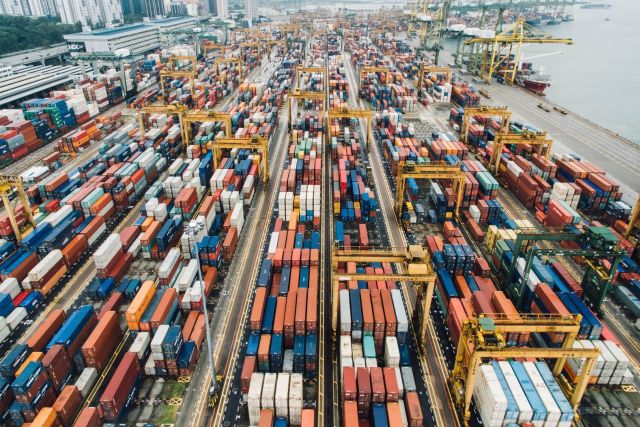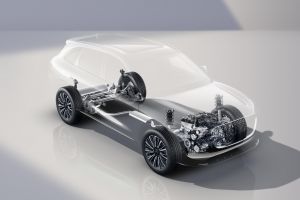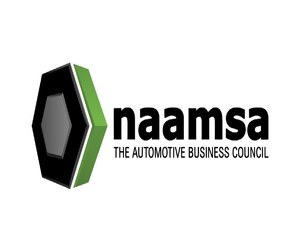
“To put that into perspective, 2019 was the worst new-vehicle sales performance in 10 years, and 2020 was the worst new vehicle sales performance in 18 years. So just to recover to the worst level in 10 years will take about three years,” he said.
Lamprecht added that the record of 714 315 new-vehicle sales in 2006 is still in place today.
“I don’t think that will be threatened any time soon,” he said during the recent virtual launch of the 2021 Automotive Export Manual.
Lamprecht, who is also a director of the Automotive Industry Export Council (AIEC), said the three-year estimate for the recovery of South Africa’s new-vehicle market to pre-COVID-19 levels is based on the close correlation between new-vehicle sales and the country’s GDP growth rate.
He said the new-vehicle market effectively doubled between 2003 and 2006 when South Africa achieved GDP growth rates of 5% and vehicle sales increased by between 20% and 30% a year during that period.
However, Lamprecht said the new-vehicle market has been progressively declining over the past seven years in line with the weak macroeconomic climate in the country over an extended period.
“Typically, with an economic growth rate of 1% or less, the new vehicle market will normally decline while with 2% GDP growth, we expect single digit growth and with 3% GDP growth we expect double digit growth.
“In 2020, COVID-19 exacerbated the existing recession in the country and the impact on the new vehicle market was severe with a 29.2% year-on-year decrease in sales.
“The projection for 2021 at this point in time is for the new vehicle market to rebound by about 15%, obviously from a very low base in 2020, in line with the anticipated rebound in the economic growth rate of 3.6% based on the Reserve Bank’s GDP forecast for the year,” he said.
Lamprecht added that the Reserve Bank and other analysts are forecasting GDP growth of above 2% for 2022 and 2% for 2023, which was probably on the high side.
“That is why my guess is three years for the new-vehicle market to recover,” he said.
Lamprecht said a 15% rebound in new-vehicle sales this year and hopefully about 7.5% in each of the next two years will close the 30% sales gap caused by COVID-19.
He said the three-year recovery forecast also took into account a few other issues, such as the current global shortage of computer chips, or semiconductors, which will negatively impact on the availability of models that are imported into South Africa and therefore ultimately the sales figures.
The export manual revealed that passenger car imports into South Africa accounted for 75.7% of total passenger sales in 2020, and passenger car imports from India accounted for 43.2% of total light commercial vehicle imports into the country.
Lamprecht said South Africans love their cars and it is therefore not a surprise that the country is one of the most competitive trading environments in the world.
He said there were 43 brands and 3 132 passenger car model derivatives for consumers to choose from in 2020, which represented the widest number of choices based on to market size in the world.
Lamprecht said South African consumers are also very brand conscious, and Toyota has been the overall market leader in South Africa for 41 consecutive years with a market share of 23.7% in 2020 while Volkswagen with its Polo and Polo Vivo models was the market leader in the passenger car segment in 2020 for the ninth consecutive year, he said.
Lamprecht said Volkswagen had market share of 21.8% of the domestic passenger car market in 2020, which was the highest market share of all Volkswagen markets globally.
He said nine of the top 10 selling models in South Africa in 2020 were South African manufactured vehicles, comprising five bakkies and four passenger cars.
The only exception was the Ford EcoSport imported from India, he said.
Lamprecht added that their research shows that the most price sensitive price range in South Africa is for vehicles sold for between R214 000 and R303 000 and more than 33% of sales occur in this very popular price range.
He said the price elasticity in this price range is 1:1.95, which basically means that a 1% increase in the price of new vehicles at this price point is associated with a 1.95% decrease in demand.









